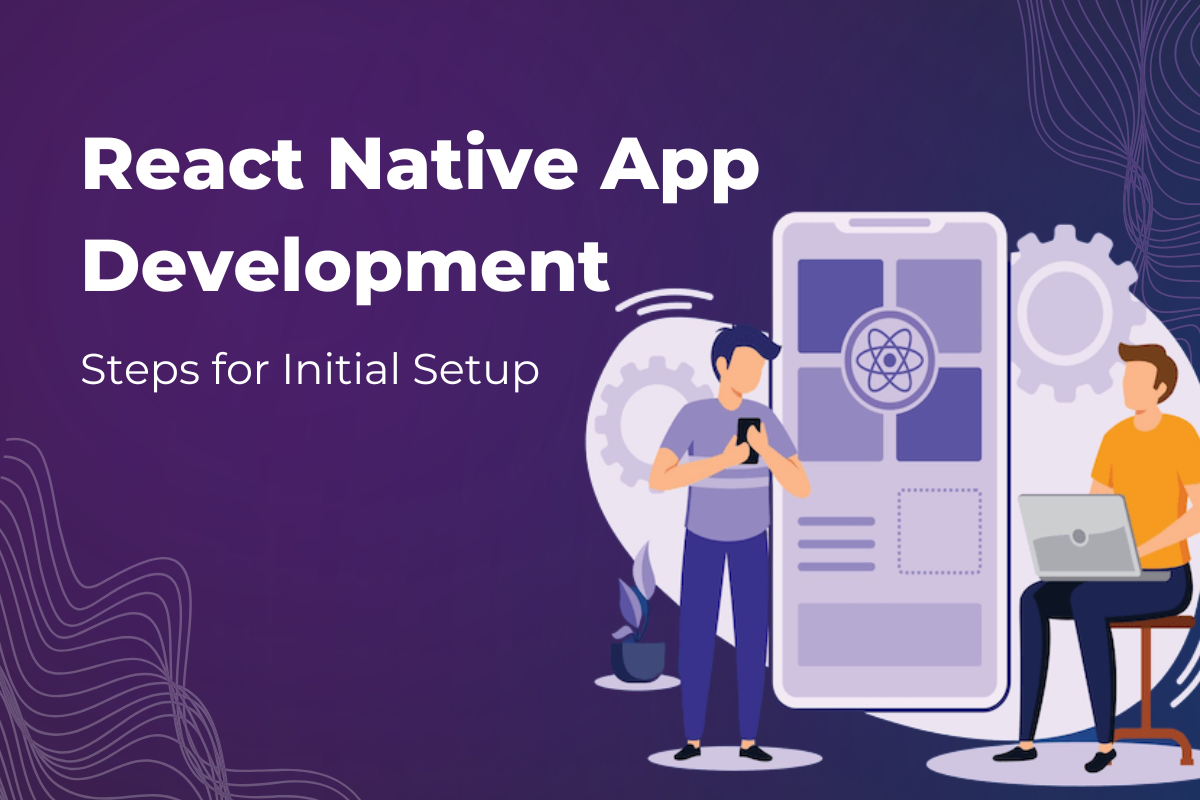IOT has already arrived. Now, it’s time to see how 5G will change it.
With communication and information storage demanding more of our remote systems with each passing day, it is obvious that our current 4G network will soon lose its importance. Any individual who has ever lost a signal when driving outside of populated zones knows how restricted our present networks are. From poor signals to networks that are not well prepared to serve everybody at once, there is clearly an opportunity to get better.
A Fifth generation wireless network made up of various technologies is the only solution to this problem. The 5G network will be a:
• A network with faster speeds and higher accessibility
• A network that reaches all over the place, and is accessible to everybody
• A network without bounds
Such a network can reform a wide range of industries. Thankfully, it is on its way.
5G and IoT (Internet of Things)
A solitary issue with IoT applications and current 4G is nowhere related to that of bandwidth and speed but is related to Latency. The real target of 4G was to solve bandwidth focused issues like media consumption. But, the solution nowadays is not about only bandwidth, they are tied in with connecting various devices and overseeing them through one single mobile application. Estimation says that before the end of the year 2020, every user would utilize around 30 internet connected gadgets.
An IoT device can be any device like phones, AR specs, tablets, vehicles, refrigerators, smartwatch, doors, garments, and some more. Certain gadgets require shifting of the bulk of the data while some of the gadgets will simply require very small data to be moved. 5G will recognize the data need by itself and will assign bandwidth as per the need.
5G network will make utilization of points or cells. These cells will be capable enough to remain connected with each of the gadgets and perceive the information required. Without depending on where the user is, these cells will offer the most required and effective support to the connected gadgets. Bigger cells will be utilized in the same pattern as they are being utilized now while there will be different littler cells installed in the different parts of the home.
Depending upon the traveling speed of gadgets, they will adjust to the point to which they are connected. Say, for example, a tablet can connect with microcells at various places while a vehicle can't connect with microcells at various places, allowing losing and re-building connection at different places. It needs a large cell to get connected with for having a consistent connection without any interruption. This type of speed and connectivity can't be built up with 4G. The connection of IoT gadgets and its immaculate working is only possible with the help of 5G.
Suggested read: IOT Application Development- The Next Big Investment Destination
Depending on the type of connected gadget, the 5G network will organize its connectivity and data flow. IoT and 5G are intended for the billions of devices needing all time connectivity. For example, in case you are streaming a 4K video on TV with the high-resolution extra-large screen, having a 5G connection will share the information all through. If 5G is utilized for building the connection amongst drone and its controller, it will pay regards to the quick reaction.
Drawbacks of 5G
We will need a large number of access points because the signal will not be able to travel at a far distance, this is a major drawback. The development and implementation expense of 5G is high and new gadgets will have to be made to support 5G. That simply means old devices will not be of any use if you want to use 5G.



